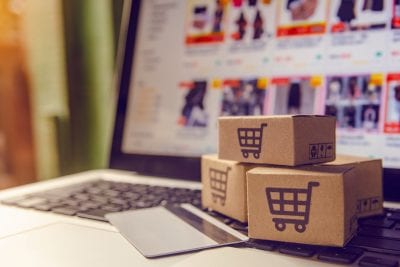The recent months were extremely transforming for many industries. For some, the effects were damaging. But some industries have flourished during the pandemic, like the e-commerce industry. Many small businesses that were inclined to locally selling their goods, or were focused on a physical store, experienced tough times. However, ones with wider customer coverage and a strong online presence seemed to grow their online sales even more.
How has the coronavirus impacted e-commerce customer behavior?
In fact, coronavirus has greatly contributed to e-commerce businesses and changed the way people shop. It all depends on the type of business. For example, bread baking machines were the top-growing category in online sales in the U.S. during April 2020, while the most declining one was luggage cases and swimwear. The majority of businesses that had an established online presence, or quickly reformed to set up on the web, were more successful in maintaining or growing their sales volumes than brick-and-mortar stores.

In the U.S. alone, online retailers’ year-over-year revenue growth is up 68% in April 2020, which is much more than the holiday season peak sales metrics. The main insight to take out of the pandemic’s impact is that it’s not going anyway. Despite the majority of stores are now available for visiting, shoppers don’t rush to get back to physical shopping. In a lockdown, customers have developed and adopted new shopping behaviors and patterns that could be the new normal moving forward, even outside of the pandemic.
According to a study on the coronavirus impact on U.S. E-Commerce, 74.6% of shoppers will avoid shopping at malls and shopping centers even after the lockdown, while 52.3% would pass by the shops in general. 44% of the U.S. shoppers are buying more online in May 2020, and 68% of shoppers are expecting to buy essential goods online.
What are the main e-commerce tips for the long run?
While optimizing your online presence was a useful strategy before the pandemic, now it is a must for surviving the current market environment. Retailers should look for more opportunities and technologies to attract and retain their online customers. Now, seamless shopping experience matters more than ever. Providing your customers with frictionless platform navigation, shopping, and service is key to hitting the mark.
It is crucial to monitor changes in customer habits and shopping patterns, and react to them accordingly. Account security and a personalized, smooth shopping experience is believed to be the main focus of e-commerce businesses to enhance their sales and customer retention. A retailer landscape is already changing, and these shifts are to stay for the long run.

